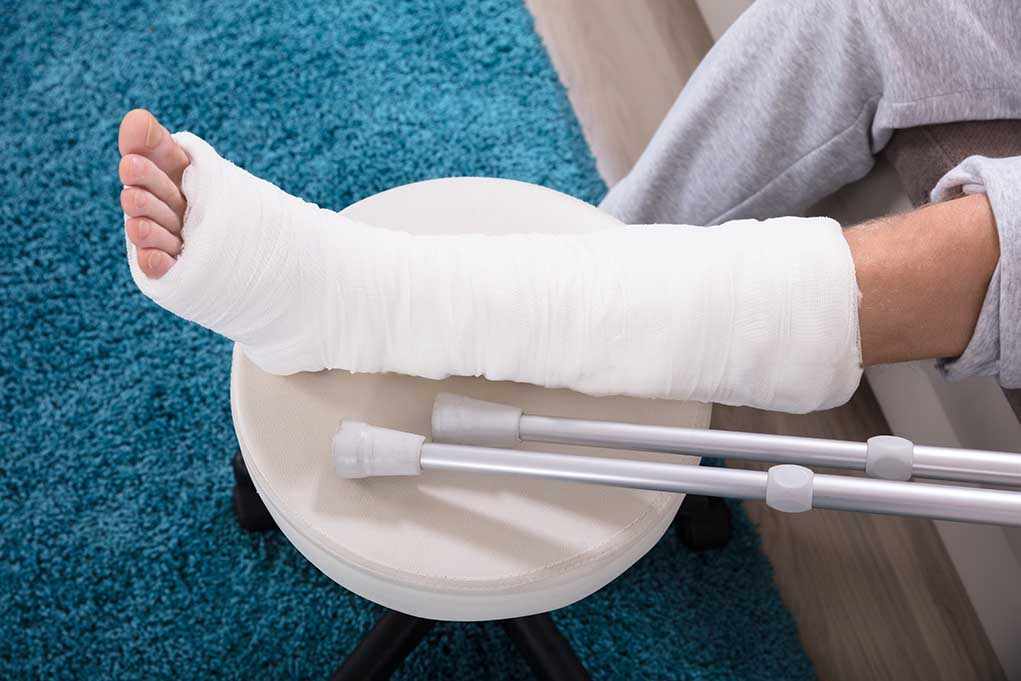
Move over, calcium! There’s a new nutrient hero on the block, and it’s poised to save your bones from the clutches of osteoporosis.
At a Glance
- Osteoporosis affects over 10 million Americans over 50.
- Underdiagnosis is rampant, especially among men.
- Fractures from osteoporosis cause more hospitalizations than heart attacks.
- Economic burden from fractures is projected to reach $95 billion by 2040.
Osteoporosis: A Growing Concern
Osteoporosis, a condition that stealthily erodes bone mass, has been lurking in the shadows for decades. Its grip tightens as the population ages, with some 10 million Americans over 50 feeling its effects. Women and minorities are at the forefront of this skeletal siege, yet it’s the men who are surprisingly left out in the cold when it comes to diagnosis. The bones of those affected become as fragile as grandma’s porcelain, leading to fractures that outnumber hospitalizations for heart attacks, strokes, or even breast cancer.
The economic ramifications are staggering, with osteoporotic fractures costing $57 billion in 2018 and projected to soar beyond $95 billion by 2040. Despite the high stakes, underdiagnosis remains rampant, especially among men and younger seniors. For every woman diagnosed, there are several men whose bones are quietly crumbling, unbeknownst to them.
The Calcium Conundrum
For years, the mantra has been calcium and vitamin D as the defenders against osteoporosis. But recent research suggests there might be a new sheriff in town. Magnesium, long playing second fiddle, is stepping into the spotlight. This mineral is proving to be crucial in bone health, potentially more so than its calcium counterpart. While calcium gets all the glory, it’s magnesium that supports bone structure and helps prevent the body from leeching calcium from bones.
Calcium supplementation alone isn’t the silver bullet it’s cracked up to be. Overdoing it could even backfire, leading to calcium deposits in places you definitely don’t want them, like your arteries. Magnesium, on the other hand, is the unsung hero that ensures your calcium knows where it’s needed and keeps your bones fortified.
The Stakeholders and Their Roles
The landscape of osteoporosis management is populated by a cadre of stakeholders. Patients, primarily those over 50, are at the mercy of a healthcare system grappling with rising fracture rates and costs. Healthcare providers are on the front lines, tasked with diagnosing and managing this pervasive condition. The government, through agencies like CMS and the CDC, is scrambling to mitigate the economic burden while advocacy groups clamor for policy changes and increased awareness.
Screening guidelines set by the USPSTF heavily dictate who gets diagnosed and treated, often leaving men out in the cold. The power dynamics are clear: insurers, influenced by these guidelines, control what gets reimbursed, affecting who receives care. All the while, advocacy groups are pushing for more inclusive screening practices to catch the millions slipping through the cracks.
The Path Forward
The battle against osteoporosis is far from over. The prevalence of this bone bandit is rising, and with it, the urgency to address the glaring gaps in diagnosis and care. Experts are calling for improved screening, especially for high-risk groups who are often overlooked. As the clamor for better care delivery grows, so does the need for targeted interventions that can stem the tide of fractures and their costly aftermath.
In the short term, the focus is on reducing hospitalizations and enhancing the quality of life for those affected. Long term, the goal is to rein in the ballooning costs and prevent the condition from stealing the independence of millions of older adults. The healthcare industry is bracing for increased demand, and insurers are feeling the pressure to expand coverage for preventive services. It’s a high-stakes game with bones—and lives—on the line.












